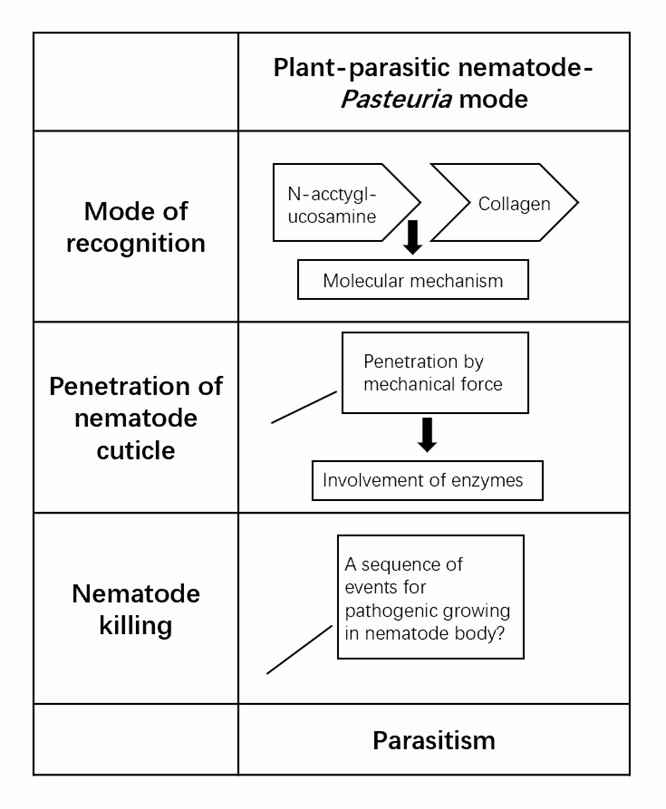Control of Plant Nematodes by Parasitic Bacteria
Predatory fungi are a group of fungi that produce a variety of traps, including sticky nets, sticky balls, sticky branches, constriction rings, and three-dimensional fungal nets, to catch nematodes. To date, more than 380 species of predatory fungi have been reported from around the world, including members of the phyla Splanchomycetes, Ascomycetes, Stromatophora and Hemiptera. They are widely distributed worldwide and exist in various ecological environments, including agricultural soils, garden soils, forest soils, etc.
Lifeasible develops an advanced platform for analysis services for the control of nematodes by parasitic bacteria, which is equipped with advanced instruments and professional staff with a high standard. We customize featured services according to the customers' demand.
Analysis of the Parasitic Bacteria
- Pasteuria is widespread, having been found in at least 51 countries, and can infect a wide range of species, including plant parasitic nematodes, predatory nematodes, free-living nematodes, entomopathogenic nematodes, and others. Pasteurella can not only inhibit the growth and reproduction of nematodes through parasitism but can also reduce the damage caused by infected nematode larvae to crops.
 Fig.1 Pathogenic mechanism of typical bacterium-nematode interaction models.
Fig.1 Pathogenic mechanism of typical bacterium-nematode interaction models.
- Lifeasible provides six main nematodes capable of parasitizing plants with strong host specificity, including P. pentrans, P. thornei, P. nishizawae, P. usgae, P. hartismeri, and Pasteuria spp. In addition, we help to analyze the distribution of Pasteuria in relation to soil type, host plant, and temperature, which provides ideas for screening efficient Pasteuria biocontrol resources.
Analysis of the Opportunistic Parasitic Bacteria
- Actually, most of the nematode feeding bacteria rather than obligate parasitic bacteria, commonly known as saprophytic because they, feed on nematodes for one important possible nutritional source, and later, they are able to penetrate the cuticle barrier. After the penetration via cuticle, they infect and kill the nematode, and finally, they explained as opportunistic parasitic bacteria.
- Brevibacillus laterosporus have a wide range of biological activities, and that's why they kill and reduce the population of some species of nematodes, like some parasitic and saprophytic nematodes by its different strains.
- We help our clients analyze the opportunistic parasitic bacteria represented by Brevibacillus laterosporus and Bacillus sp., including strain isolation, activity analysis of the strain, analysis of parasitic processes, and others.
Lifeasible offers services covering the analysis of parasitic bacteria to meet your research demands. With years of experience in plant science, our professional platforms can help our clients solve various difficulties. If you are interested in our services or have any questions, please feel free to contact us or make an online inquiry.
For research or industrial raw materials, not for personal medical use!
 Fig.1 Pathogenic mechanism of typical bacterium-nematode interaction models.
Fig.1 Pathogenic mechanism of typical bacterium-nematode interaction models.